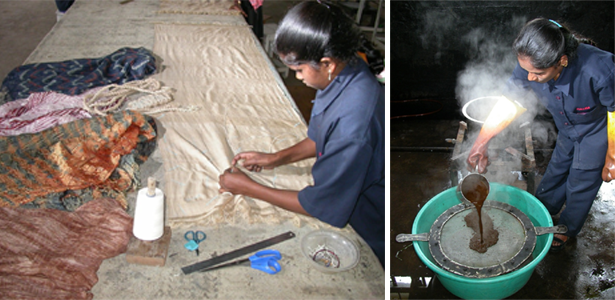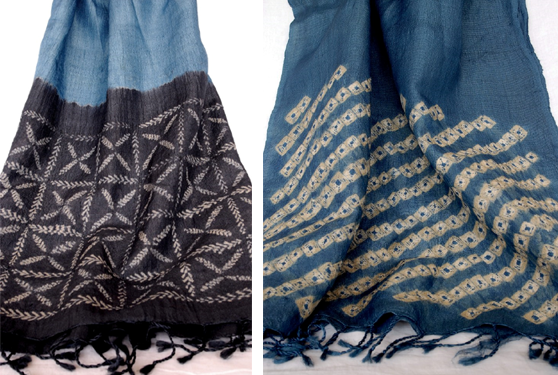Dec 15, 2025
Dec 15, 2025


17-May-2013
More by : Shernaz Wadia

|
Happy you liked it, Victoria |

|
Thank you Shernaz, it is a wonderful article. Looking forward to see more. |

|
My pleasure, Krupa. |

|
Thanks Shernaz, for you lovely article looking forward to more on Srishti by you. |

|
Dear Nilouffer and Broca, Thank you for your comments. I am also grateful to all the others who have read this piece and to those who have even thought it worthwhile to share with their friends. |

|
Dear Shernaz, Enjoyed your vivid description of your visit to SHRISHTI.It is a real example of TATA Group's CSR (Corporate Social Responsibility) initiatives of giving back something to the society.Wish you all the best in MUNNAR ! GBU !! |

|
WOW Shernaz, Your will to share your experiences and get others interested in Nature and its many manifestations, is beautiful. Yes true when the will is strong, one can overcome all types of weaknesses. And it needs more humans like Mrs Krishna Kumar to help the weak become strong. Thanks for sharing. Even though I had the privilege of working for Mrs Krishna Kumar, I had not known this side of her. Just shows how humble and humane she is. Truly said, carries forward the Tata Group’s noble philosophy of making generous returns to society – an invaluable legacy passed down by their founder, Sir Jamsetji Tata. |